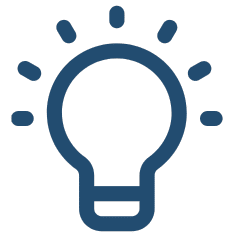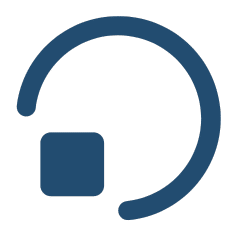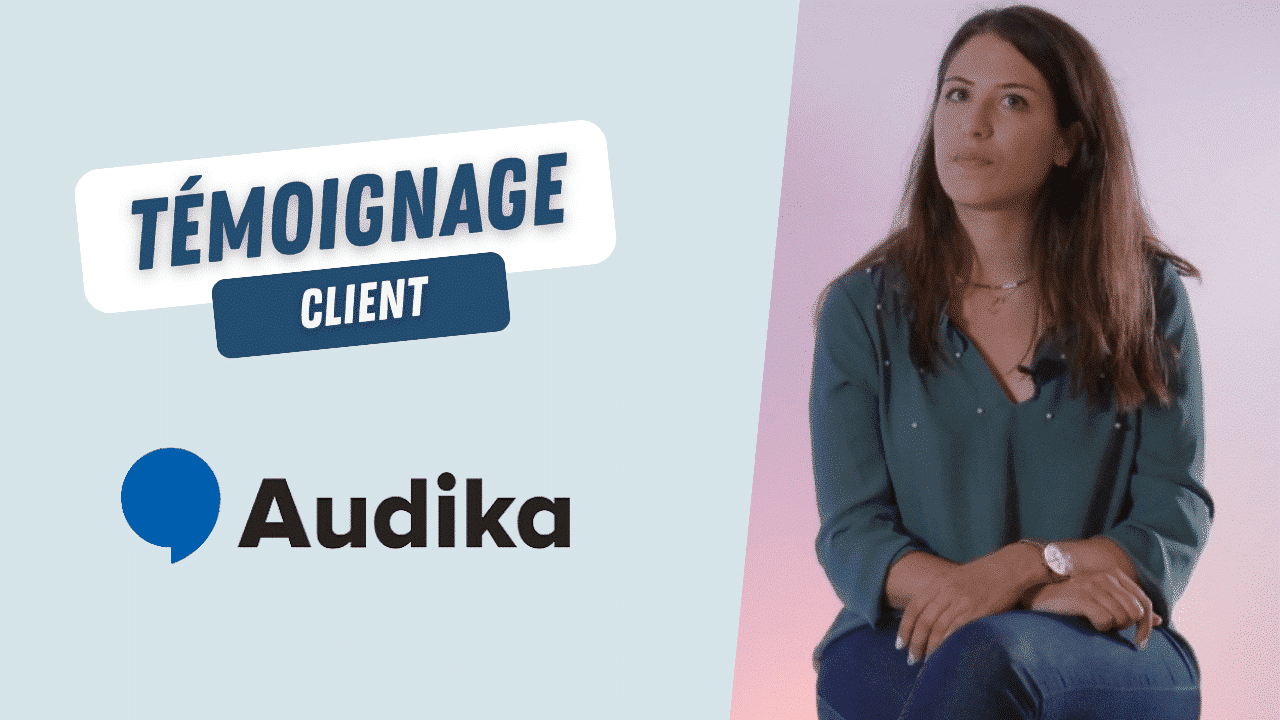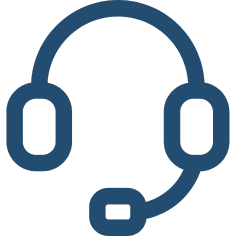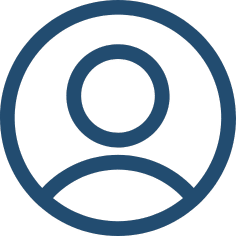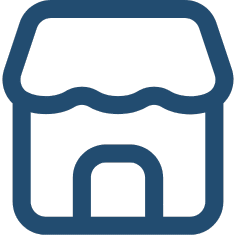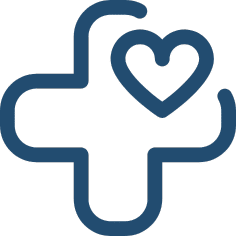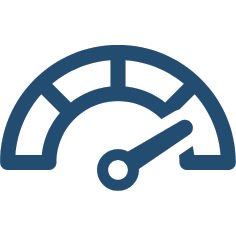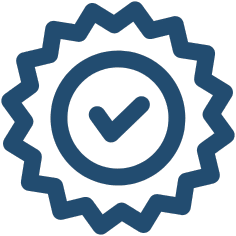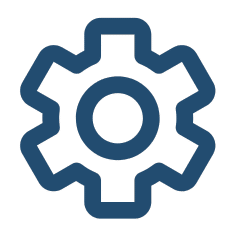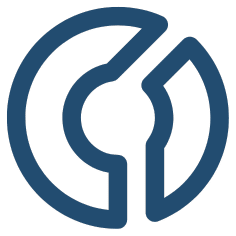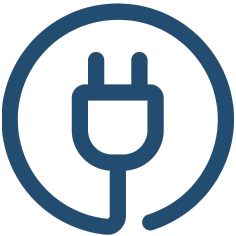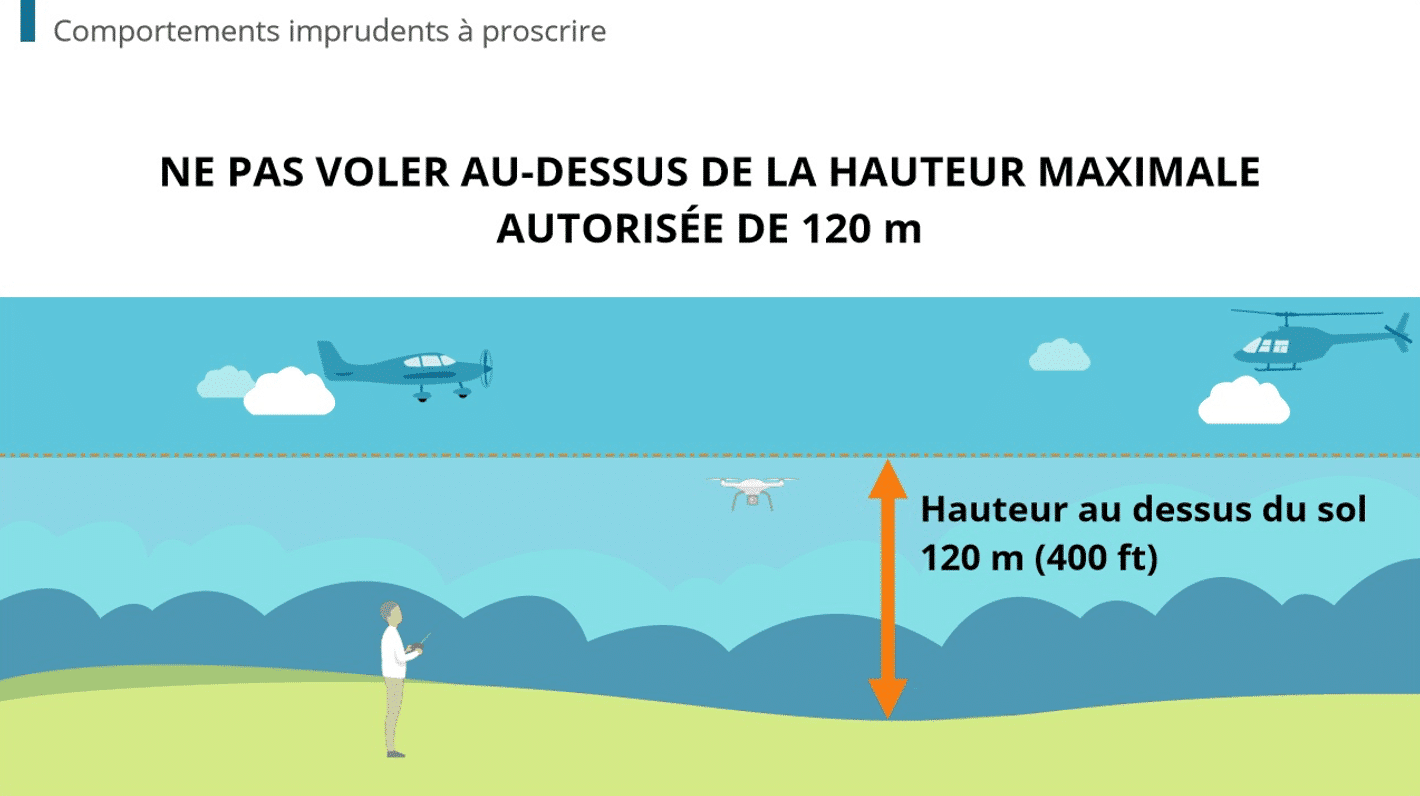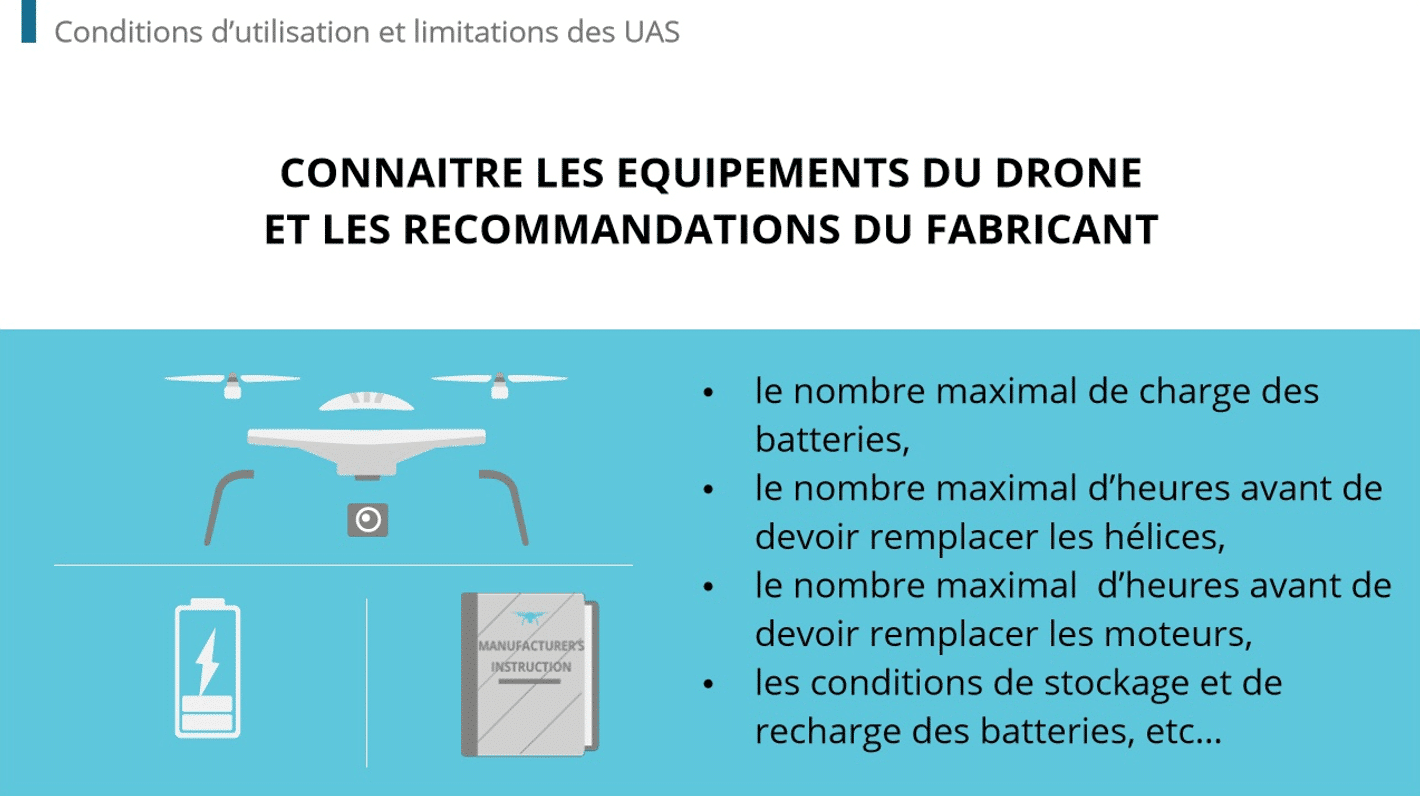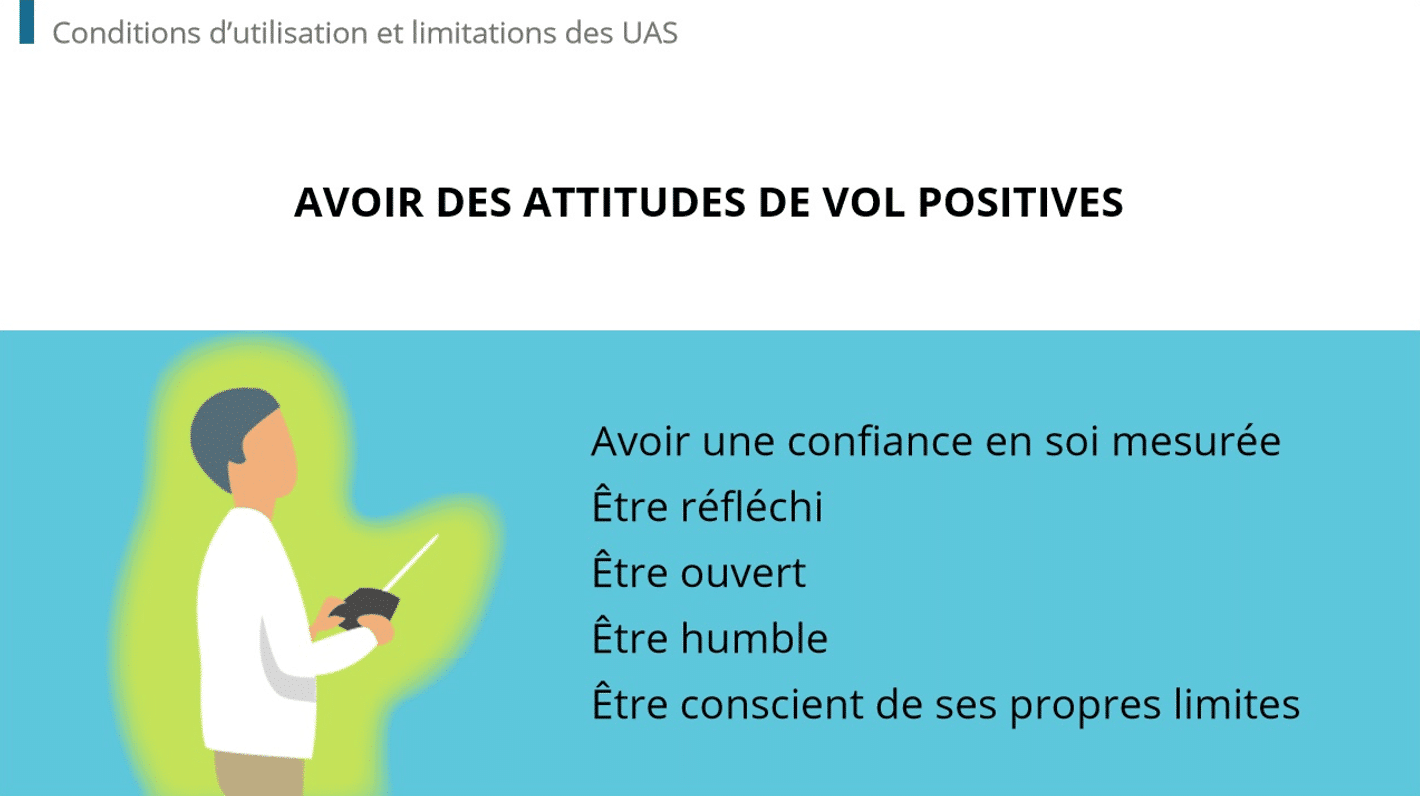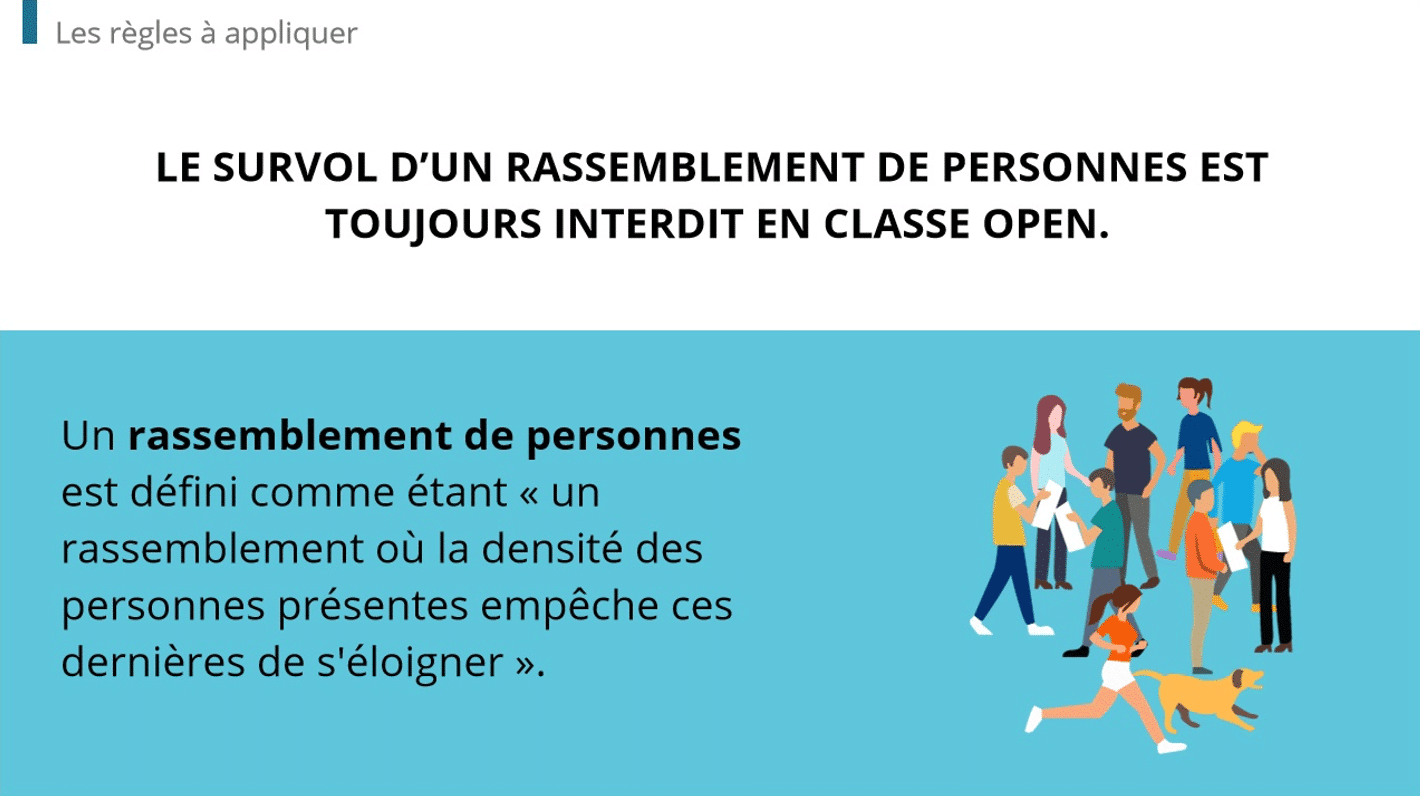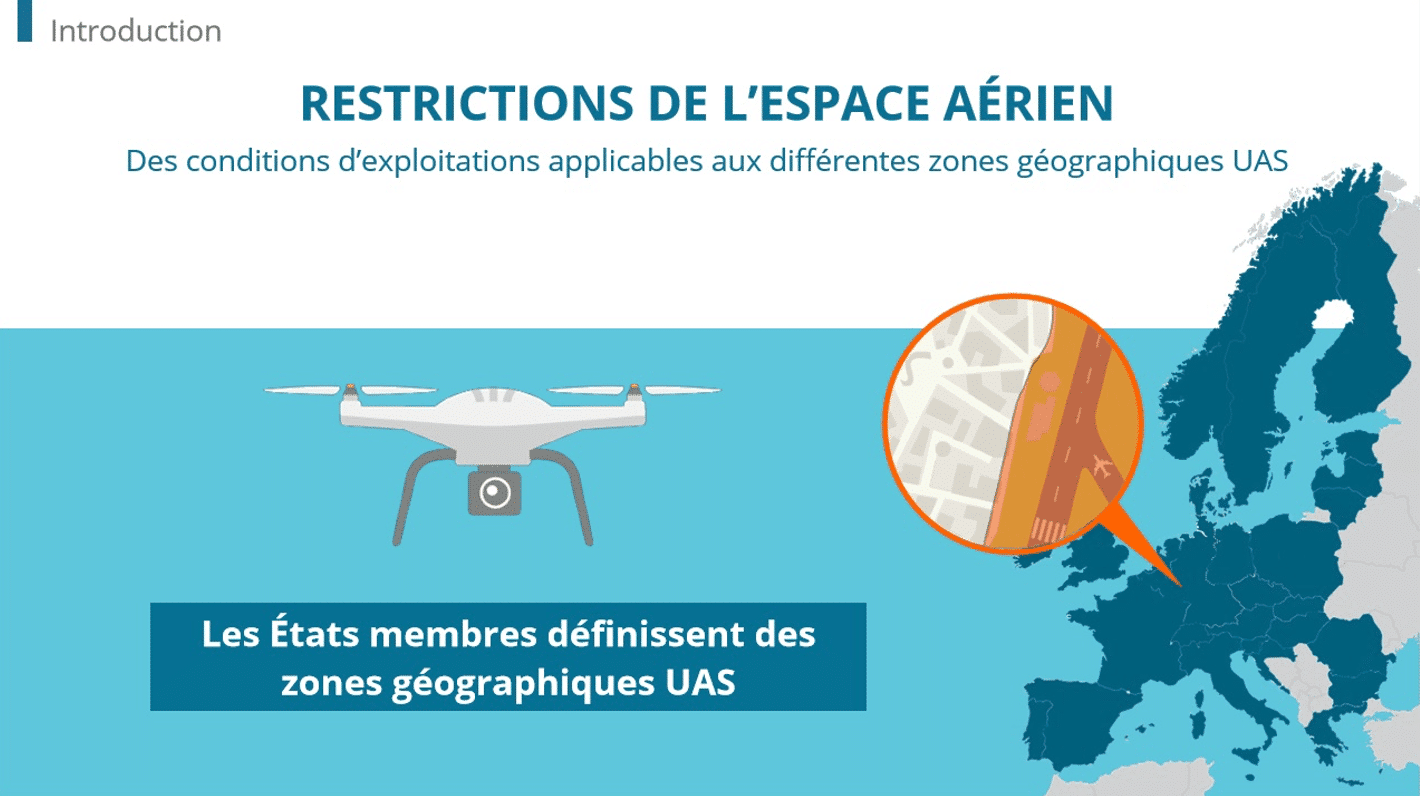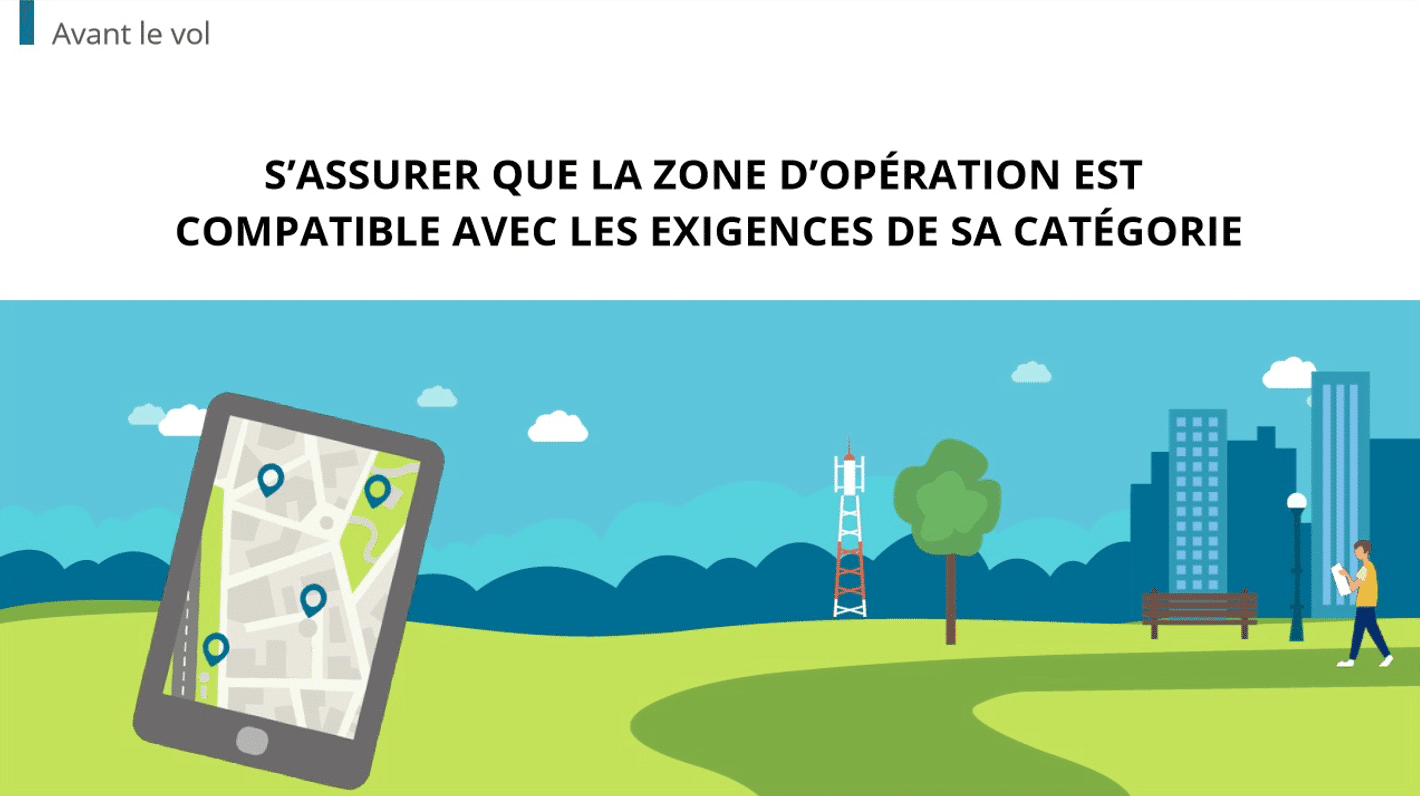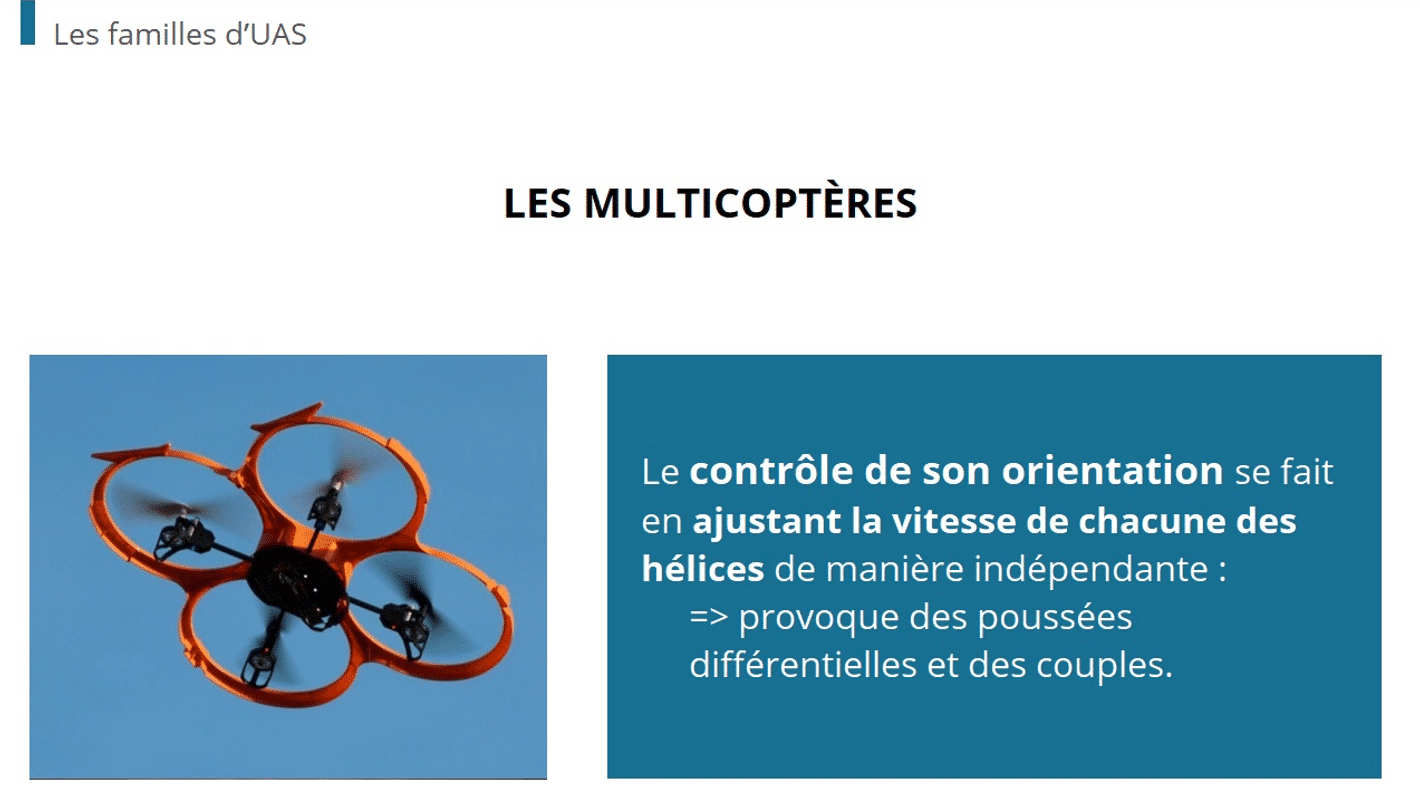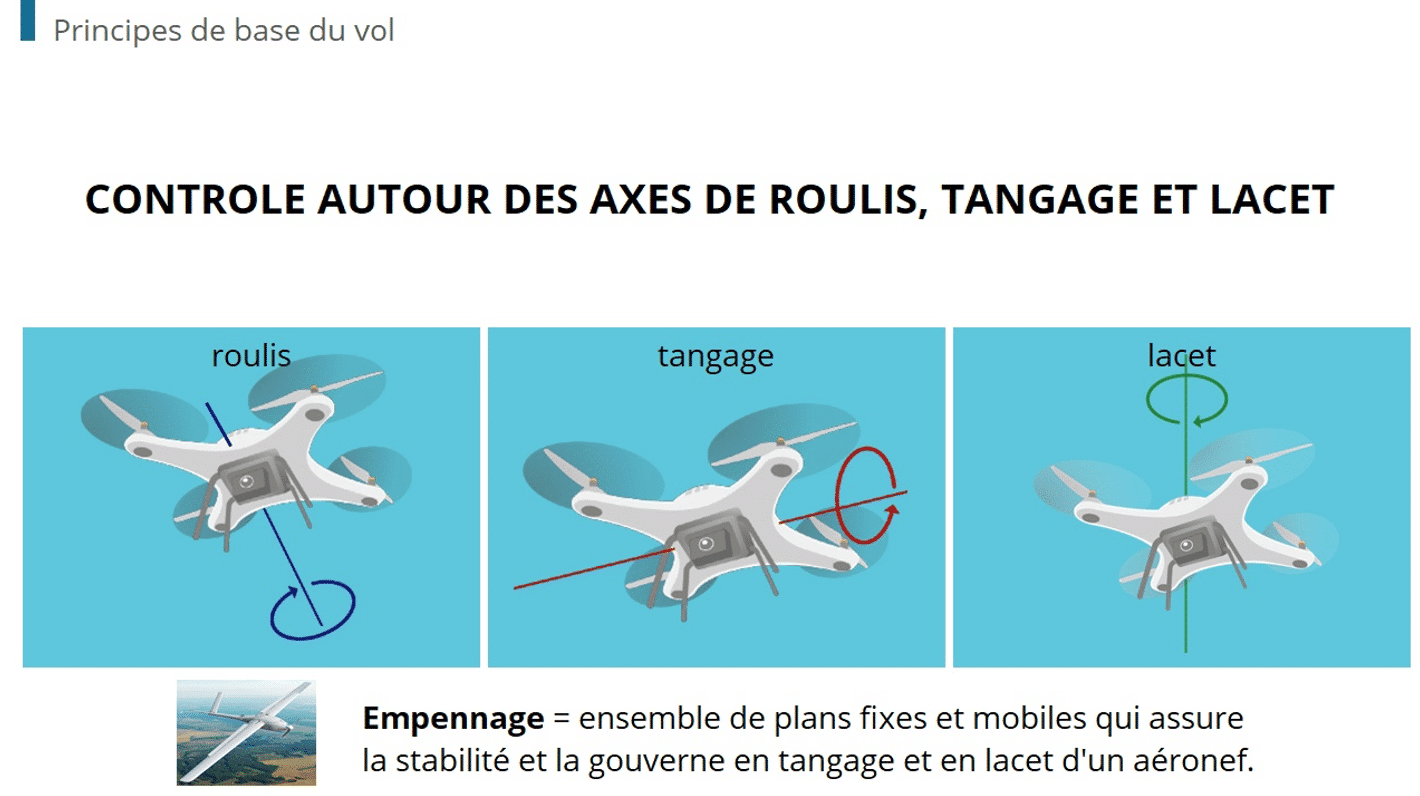The U.S. spends more on health care than any other wealthy country, yet has the lowest life expectancy at birth and the highest rate of people with multiple chronic diseases, according to a Commonwealth Fund study, quoted by CNN. US healthcare is often at the forefront of politics, with amendments and proposals on how to improve access, affordability, and quality. Nevertheless, Americans are becoming increasingly despondent with the state of the healthcare system. What’s the reason behind this? Furthermore, what role, if any, does e-learning play in making the state of healthcare better, or at least perceived better in the eyes of dissatisfied American citizens?
US healthcare satisfaction is on the decline
According to January 2023 polling data cited in Health News, 48% of Americans rated the US healthcare system as either ‘excellent’ or ‘good’. 31% rated it as fair, and 21% submitted a ‘poor’ rating. While these figures may seem decent, they’re actually a drop from the 50% of Americans who expressed a good/excellent rating in 2021. It’s an even steeper drop from the 62% good/excellent rating in 2010.
The figures are even grimmer when looking at satisfaction ratings within specific health sectors. According to a 2022 poll from Advisory Board, just 6% of Americans were happy with medication costs, versus 74% who were not happy. Similarly, only 5% of respondents were satisfied with the state of mental health care, versus 70% dissatisfied.
Reasons for the decline in US healthcare satisfaction
The reasons behind the growing scepticism among the American healthcare system are complex. However, most people cite one or more of these variables as reasons for their discontent.
Increased cost
Americans are spending more than ever on healthcare, and the costs continue to climb with no end in sight. For instance, worker health insurance costs employees an annual $3,997 in 2010. By 2020, the figure has climbed to $5,588. Many other facets of healthcare have also ballooned in costs. Riding in an ambulance, for example, costs an average of $1,277 in 2020, a 22% increase from 2017.
Longer wait times
Americans are also waiting longer from the time they make an appointment to the day of their exam/treatment. The average patient wait time is 26 days in 2022, an 8% increase from 2017, and a 24% increase from 2004. This can lead to immense dissatisfaction, especially if patients have a condition that’s causing pain and discomfort.
Privacy concerns
75% of American patients expressed concerns about their sensitive medical details being leaked or falling into the wrong hands. Moreover, just 20% were familiar with their healthcare provider’s data privacy and cybersecurity policies.
How can e-learning improve healthcare quality?
E-learning can prove to be an invaluable tool for improving healthcare quality. Explore these ways digital learning can improve patient treatment and patient/doctor rapport.
Educate medical staff on patient etiquette
Even if patients receive essential care, their experience may be soured if they feel the doctor came off as distant, cold, or uncaring. In one study, more than half of first-time patients reported that their doctor never mentioned them by name. Furthermore, 11% of doctors didn’t introduce themselves to the new patient. A further 58% described the doctor’s explanations as ‘incomprehensible’ or using too much medical jargon.
Create procedural training that covers exam room etiquette when interacting with a patient. This should cover basic communication skills like:
- Using layman’s terms when describing conditions (e.g. saying ‘wrist’ instead of ‘metacarpal’)
- A detailed primer on body language
- How to comfort a patient with a poor health prognosis
- Common courtesy practices, such as not answering your phone when consulting a patient
Train staff on industry compliance laws
Medical staff should be versed in the latest versions of compliance laws like HIPAA. This reduces the risk of patient information getting leaked through a preventable security breach.
Other regulatory measures include guidelines set forth by The US Department of Health and Human Services (HHS). Failure to follow protocol can lead to lengthy audits, fines, and public scrutiny. It may also elevate the risk of malpractice, which can diminish patient trust.
Aside from annual refresher compliance courses, there should also be a mini e-course for staff to review whenever there’s an update.
Provide free primer courses for patients
Apart from creating courses for staff, HRs can also develop courses for patients to access. These can consist of a number of mini-introductory courses that can be assigned based on patient diagnosis. For example, a patient about to undergo chemotherapy can receive a comprehensive course on how the process works. Material may include modules on:
- Tips on how family members can be of support to the patient
- common side-effects
- The process during therapy sessions
- Exercises and stimulation activities during bed rest
With e-learning designed for patients, there are no quizzes or written assignments. They’re readily accessible material patients and family members can turn to anytime anywhere over the course of treatment.
Make e-learning with Dokeos LMS tools for improving patient experience
Imparting up-to-date information is especially crucial in an industry where staff and patient communication is essential. With Dokeos’s learning management system, design courses that ensure medical personnel and patients alike have ready access to material covering areas of compliance, regulatory oversight, client etiquette, and primer lessons.
Foster collaboration, team-building, and collective training with our employee training software. The healthcare sector is a compliance-heavy industry. Dokeos offers a sophisticated, highly functional LMS to help you build a tailored Healthcare employee training program for your employees. Our LMS will take you through a simple step-by-step building process so that you can get up and running in no time.
Contact us and start with a free trial today!






